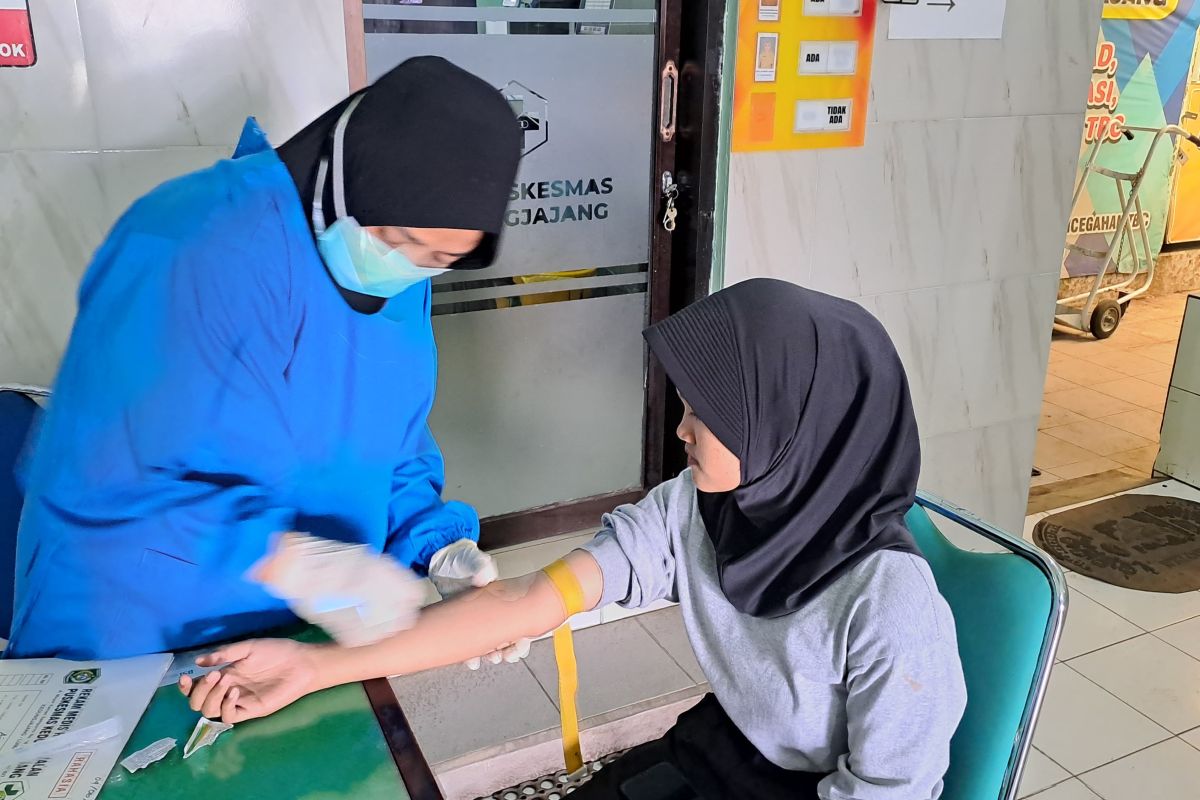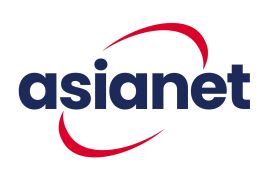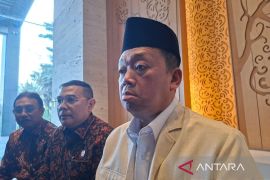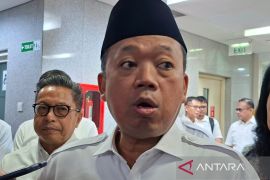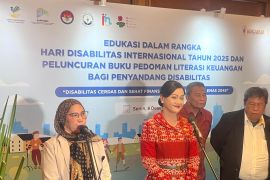In April 2025, the case of a young child in West Nusa Tenggara, who suffered complications from an infusion served as an important reminder that patient safety must always be prioritized. This incident has sparked renewed urgency to raise awareness and foster collaboration across stakeholders.
Hari Nurcahyo, Country Business Director of Becton Dickinson (BD) Indonesia, a global leader in medical technology, emphasized the need for closer cooperation among regulators, industry, and healthcare professionals. This collaboration would help Indonesia adopt best practices in IV therapy, ensuring patient safety remains a top priority.
Advancing to Modern Catheter Materials
According to Hari, the majority of IV procedures in Indonesia still rely on catheters made from Teflon—materials that have been used globally for decades. However, more advanced alternatives are now available, such as polyurethane and BD Vialon™ Material, which are more biocompatible, flexible, and designed to reduce complications.
He added that the continued use of older materials is influenced not only by cost but also by domestic content regulations (TKDN), which pose a significant challenge. “When it comes to TKDN regulations, the majority still use Teflon. The figure is over 65 percent,” he noted.
Reducing Risks and Long-Term Costs
The choice of catheter material is not just a matter of performance—it directly impacts patient safety. Hari highlighted the high rate of phlebitis, a painful and potentially serious vein inflammation, which occurs more frequently with rigid Teflon catheters.
“With Teflon, the risk of phlebitis is high. With safer materials, that risk can be reduced by up to 30-50% percent,” he explained.
He elaborated that IV catheters, as foreign objects inserted into the bloodstream, can trigger immune responses and inflammation. More flexible materials conform to the vein’s natural anatomy and movement, reducing irritation and patient discomfort, while lowering the risk of phlebitis and related complications. Complications also translate into hidden costs. Hari stressed the importance of considering long-term impacts rather than focusing solely on upfront expenses.
“Although a catheter may be priced at a certain amount of rupiah, it could require replacement more frequently than a catheter priced higher, thus the overall cost and efficiency may not be achieved while the actual costs multiply,” he said.
The Importance of National Standards and Education
Hari explained that critically ill patients in intensive care units (ICUs) may require high-quality catheters with longer durability, reducing the need for repeated insertions. Meanwhile, in other departments which requires shorter-term IV treatments, older technology may still be suitable with relatively lower risks. "Therefore, for high-risk patients, it is more appropriate to use advanced technology to achieve better patient outcomes,” he stressed.
Such standards would ensure that IV therapy is not a one-size-fits-all approach, but rather customized to suit the capacity and context of each healthcare provider —whether clinics, community health centers, or hospitals.
Meanwhile, in emergency departments or short-term treatments, older technology may still be suitable with relatively lower risks.
Collaboration for a Safer Future
To promote safer, more efficient, and sustainable solutions, it is important for the private sector to collaborate with government, regulators, and healthcare professionals to support the transformation of healthcare in Indonesia.
“Our goal is a healthcare system that is safer and more efficient. We need to work hand in hand with policymakers so that regulations truly prioritize patient safety, while also helping healthcare facilities understand the real cost implications,” Hari explained.
Hari remains optimistic that with a risk-based approach and the 3P concept: Policy (in place), Practice (through training), and Product (using the most appropriate technology), Indonesia can begin modernizing its IV therapy standards gradually, sustainably, and collaboratively.
Reporter: PR Wire
Editor: PR Wire
Copyright © ANTARA 2025
